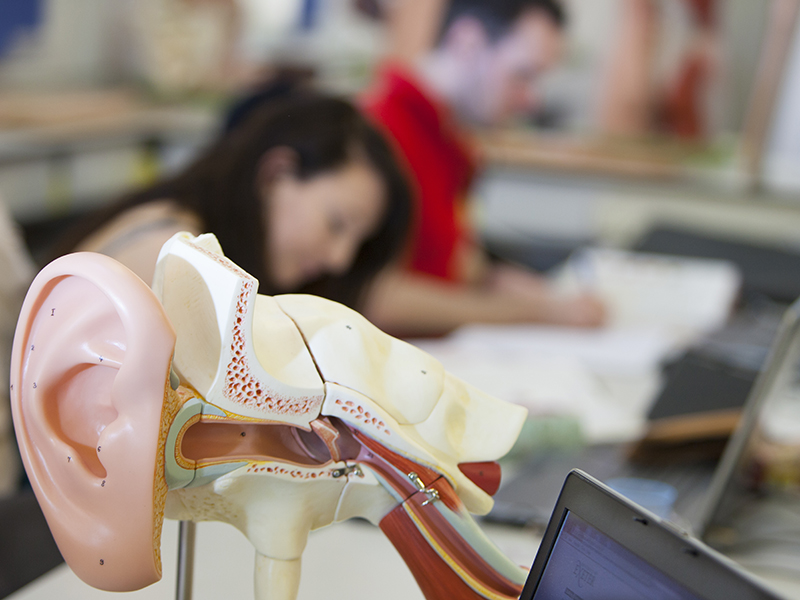In the popular 1990s television show, Northern Exposure, a New York med school graduate takes a job in a small Alaskan town, in order to pay for his tuition.
It was not a bad premise for a TV comedy and, as it turns out, not necessarily an unrealistic model for a real-life situation.
Something similar to the offer accepted in Northern Exposure by Columbia grad Joel Fleischman is now being offered to Canadian medical school students who are looking for a way to combine their education, get one year of it paid in full and take a residency in a northern community. The northern community, however, will be in Israel and the university is the Technion American Medical School (TeAMS) in Haifa.
The program is a joint venture of TeAMS and Nefesh B’Nefesh (NBN), a Diaspora organization that assists people who are moving to Israel.
READ: ERNEST RADY DONATES $30 MILLION TO U OF MANITOBA MED SCHOOL
Debra Kiez is a doctor from Toronto who made aliyah, along with her family. Kiez teaches at TeAMS, while her husband, Gil Gross, practices medicine at the Rambam Medical Center in Haifa.
The two still maintain a home in Toronto and on June 17, Kiez will host a parlour meeting to present the joint program to Canadians who are interested in pursuing it.
Kiez told The CJN that TeAMS hosts a number of American and Canadian med students each year. Courses are taught in English and the degrees are accepted by schools and medical bodies in Canada and the United States.
Usually the students return to their homes to practice medicine, but this initiative is hoping to entice them to remain in Israel, become citizens and begin their medical careers there.

A scholarship fund is being created to pay for students’ fourth year of medical education, as well as provide guidance for residency placement and support aliyah planning, she said.
“The NBN initiative is for students only at TeAMS,” Kiez said. “The students are generally from the United States or Canada when they come to the TeAMS program for medicine and have to commit to the scholarship program in their third year here.”
In the last few years, North American students have been allowed to remain in Israel and apply for a local residency program. The current program takes that one step further.
“Like in northern Canada, (Israel’s) periphery is under served,” Kiez said. “Nahariya, Akko and the Golan need more doctors.”
We need more physicians. We need more young talent.
– Debra Kiez
Currently, there are about four doctors per 1,000 people in the centre of Israel, but only 1.5-1.7 doctors for every 1,000 people in the north.
“We need more physicians. We need more young talent. We need more people in the periphery,” Kiez said, adding that students will be expected to work in the north, though not required to do so.
Given the substantial debt that medical students rack up, the one paid year being offered will provide an enticement for those contemplating moving to Israel, she said.
It will also provide an incentive to young students who are considering which medical school to apply to, she added.
Kiez said fundraising for the program is under way. Organizers are looking to raise about $150,000 per year to subsidize three or four students. It’s expected that the program will be up and running in 2020.
Right now, the goal is to raise awareness about the program and plant a seed in those considering working as a doctor in Israel.
And who knows, maybe, like Fleischman, they’ll find a real feeling of belonging after being exposed to Israel’s north.









